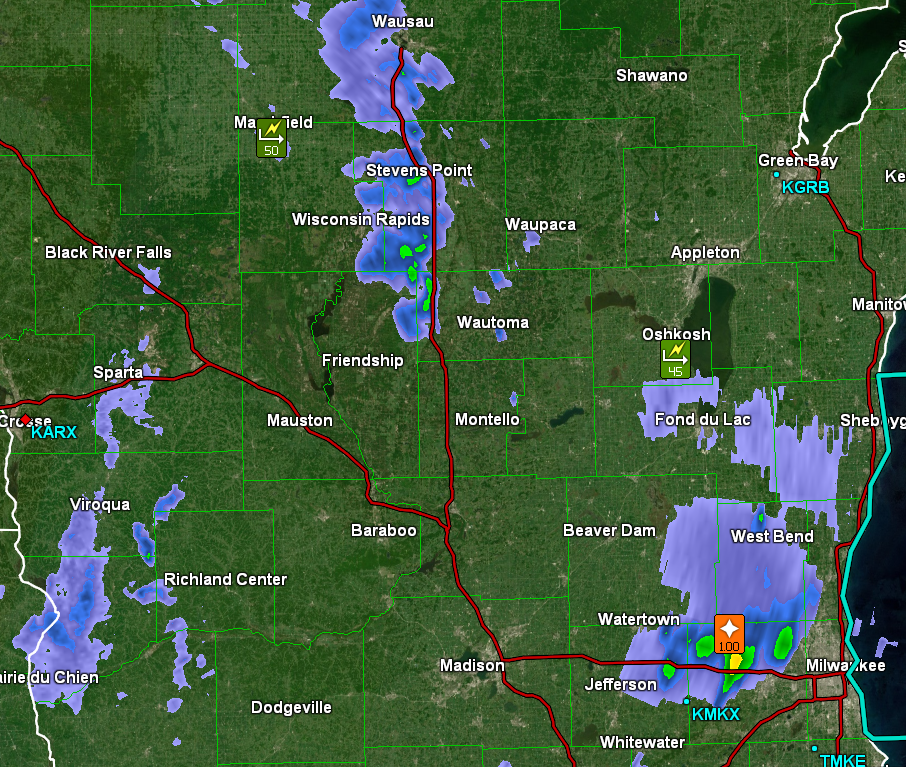Two of the larger weather stories in the last several weeks have surrounded the flash flooding and heavy rainfall in southern California, and now, this week, even yesterday, is the snow falling in New York City and surrounding areas. These are two major media centers, so they get more coverage than the tornadoes in Wisconsin or the severe weather in the southeast of the last couple of days, but they share more in common than just their notoriety.
As I have noted in the past, the thing you have heard of as the “atmospheric river” is basically the conveyor of systems that follow the jet stream. The jet doesn’t typically dig far enough south to be directed at the LA Basin, but that’s exactly what happened earlier this month, when flooding rain came to the region.
Typically, high pressure is in control in the Pacific off the coast of Southern California, which deflects the jet as well as features that would follow the jet. When the jet sinks south and well formed features can move into the Los Angeles area, they interact with the rugged terrain, and flash flooding can arise very quickly, as it did this month.
The jet actually sunk further south out west, but a southwest to northeast streak ran back north through Mexico, the Gulf and along the East Coast. The whole conveyor belt of energy is more familiar in this part of the world, but gave rise to the severe weather in the southern Plains over the weekend, and the snow that fell in the Mid-Atlantic yesterday.
We are used to systems following this jet streak pattern giving rise to nor’easters along the east coast. Because the area within the trough when the jet is angled at southern California is over the ocean, cold air doesn’t move in. On the East Coast, the trough is over the chillier continental US, which means snow on the north side of the jet streak. On this occasion, it was quite a bit of snow.
The jet responds to temperatures over land, but also currents and sea surface temperatures. This is the direct impact that El Nino and La Nina play on the weather over a season. It pays to pay attention when we are in one or the other, because of the role it plays in the jet stream course for a particular season. Knowing where the jet lies goes a long way to telling us what the pattern is going to be.



